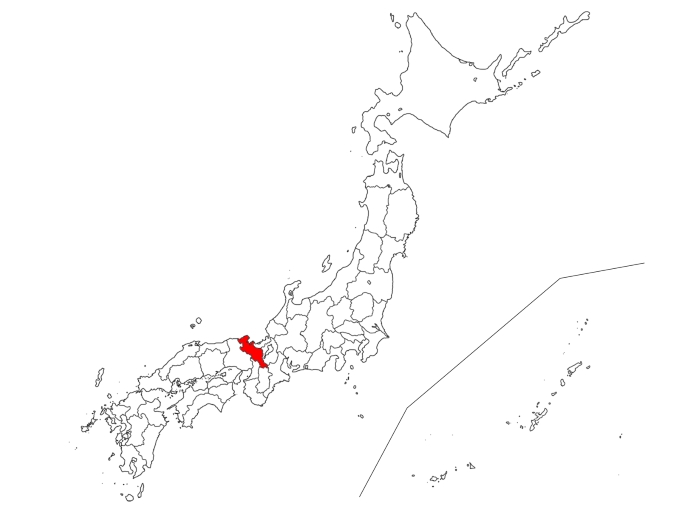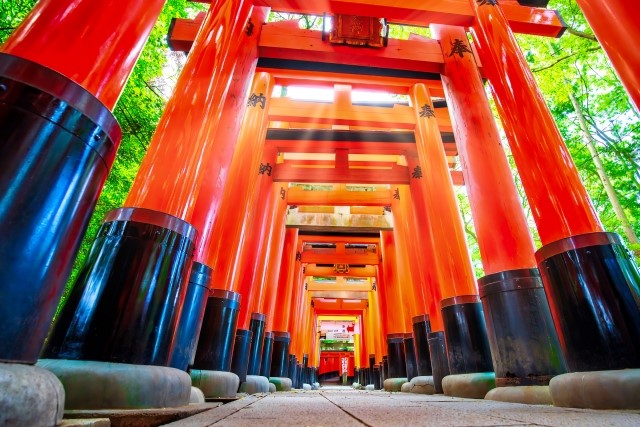Contents
1.Basic Information
The southern part of Kyoto, known as “Rakunan,” includes the southern part of Higashiyama Ward, Fushimi Ward, Yamashina Ward, and the city of Uji. This area is home to Fushimi Inari Taisha, famous for its thousands of vermilion torii gates that create a photogenic tunnel. The region is also home to World Heritage Sites such as Byodoin, Daigoji, and Ujigami Shrine, offering a rich sense of Kyoto’s history.
Fushimi Inari Taisha
Fushimi Inari Taisha, the head shrine of some 30,000 Inari shrines across Japan, has been widely venerated since its foundation in 711 for business prosperity and family safety. The “Senbon Torii” (thousands of torii gates) are particularly famous, forming a tunnel of vivid vermilion that produces a fantastical landscape visited by many international tourists. Within the shrine grounds are statues of foxes, considered the messengers of Inari, holding various objects in their mouths. There is also a power spot known as the “Omoikari Stone,” where one can make a wish and predict its fulfillment.
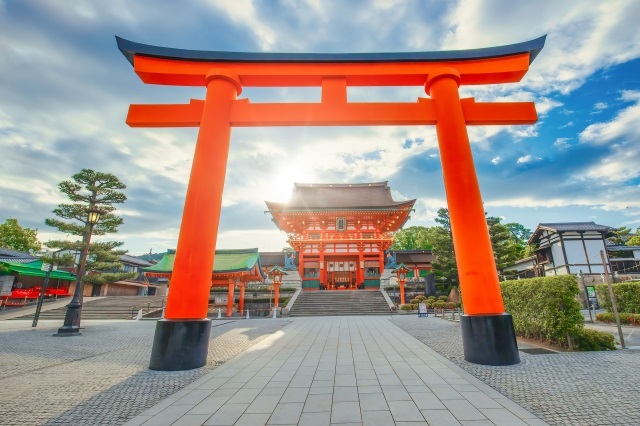
Byodoin
Byodoin, a World Heritage Site, is a temple that conveys the glory of the Fujiwara clan and was founded by Fujiwara no Yorimichi in 1052. The Amida Hall, also known as the Phoenix Hall, is a national treasure depicted on the 10 yen coin and the 10,000 yen note, attracting over a million visitors annually as one of Kyoto’s quintessential landmarks.
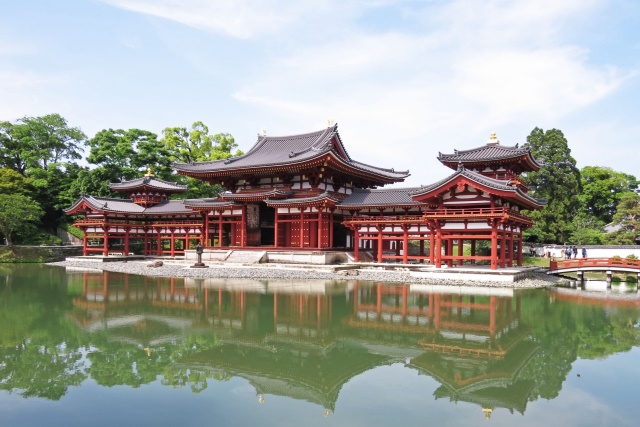
Koushouji
Koushouji is the first Soto Zen temple in Japan, established by the Zen master Dogen in 1233. The approach to the temple, known as “Kotozaka,” is popular for its beautiful cherry blossoms in spring and autumn foliage, making it a popular tourist spot.
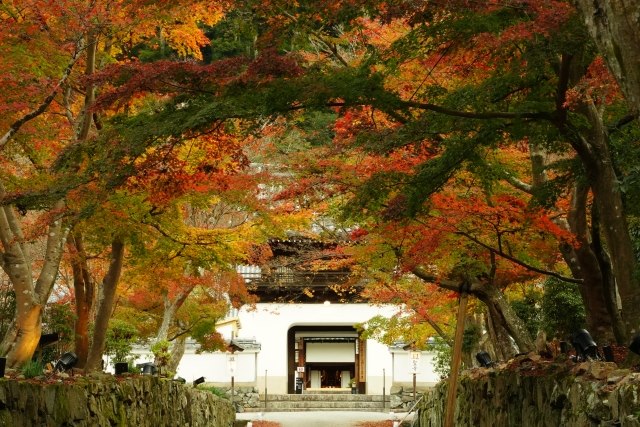
Mimurotoji
Mimurotoji is a historic temple located in Uji city, founded in 770. The current main hall was rebuilt in 1814. The temple boasts a vast traditional Japanese garden. In spring, about 20,000 azaleas and a thousand rhododendrons bloom; early summer sees about 10,000 hydrangeas; and in July, the lotuses are a sight to behold, earning the temple the nickname “The Flower Temple.”
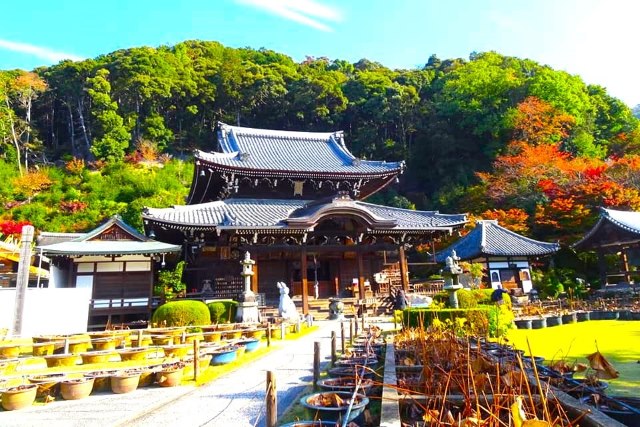
Iwashimizu Hachimangu
With a history of about 1,200 years, Iwashimizu Hachimangu holds a place of significant importance in Japan, second only to Ise Jingu. Venerated as a guardian deity of Kyoto and the nation since the Heian period, its worship spread among the common people in the Kamakura period, becoming one of the most widely revered deities in Japan.
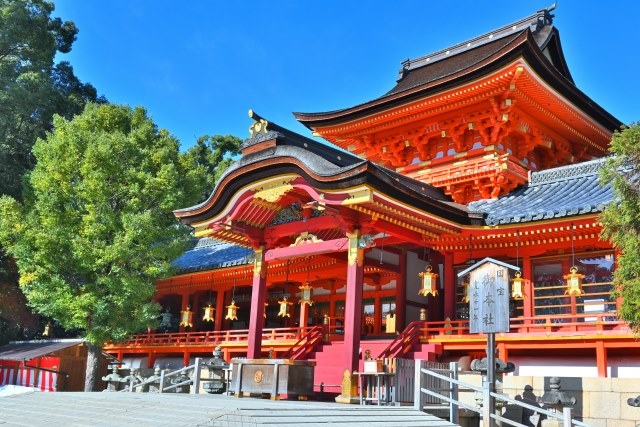
Ujigami Shrine (Ujigamijinjya)
Ujigami Shrine has been considered a single entity with the nearby Uji Shrine from ancient times. Its main hall, constructed around 1060, is the oldest existing shrine architecture in Japan and is closely related to the founding of Byodoin. It is also registered as a UNESCO World Heritage Site.
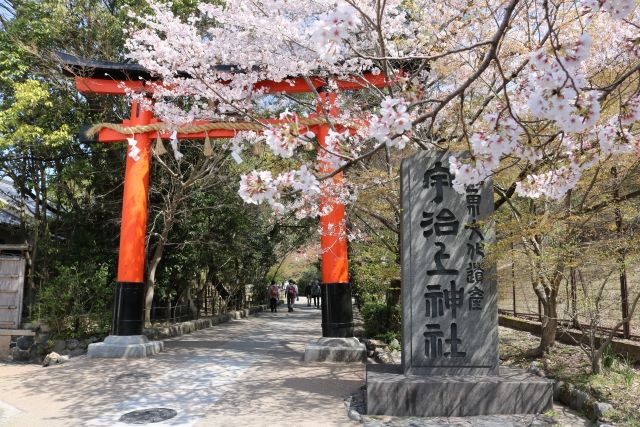
Tofukuji
Tofukuji, founded in the Kamakura period, began construction in 1236 and was completed over 19 years. The principal object of worship is the Shakyamuni Buddha, and the main hall was rebuilt in 1934. The view of about 2,000 maple trees from the Tsutenkyo Bridge is considered one of the most beautiful autumnal scenes in Kyoto.
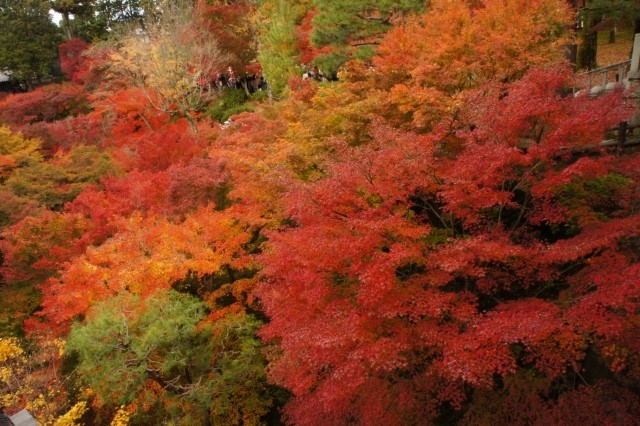
Daigoji
Daigoji is a temple registered as a World Heritage Site, with many national treasures and important cultural properties on its grounds, including Kyoto’s oldest five-storied pagoda. Founded in 874, it is also famous as the site where Toyotomi Hideyoshi enjoyed cherry blossom viewing. Particularly near the Bentendo, one can see the beautiful reflection of autumn leaves in the pond, enchanting many visitors.
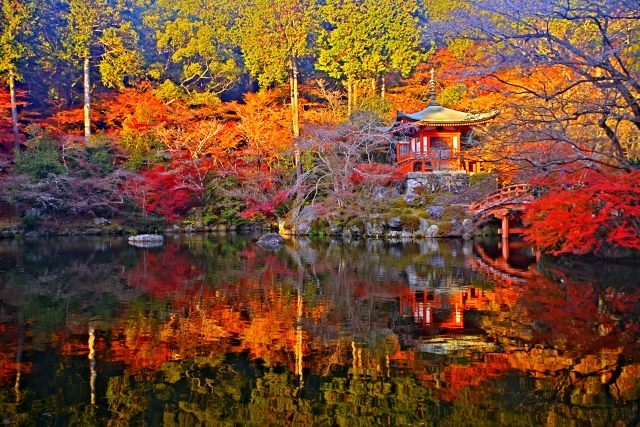
2.Reviews
Cormorant Fishing on the Uji River (Ukai)
Cormorant fishing is a traditional fishing method using cormorant birds. The spectacle of cormorant fishing on the Uji River, illuminated by bonfires on summer nights, is like a scene from a picture scroll.
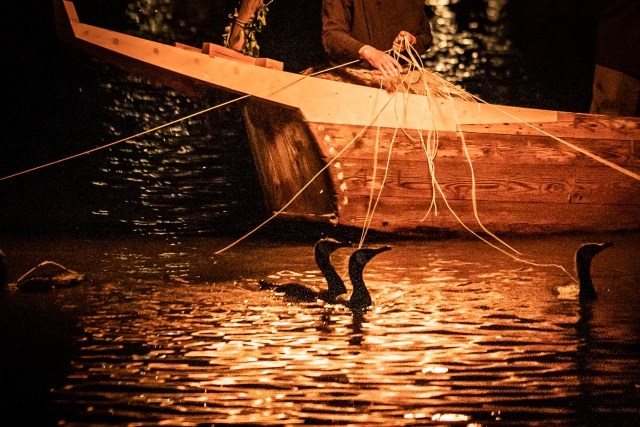
Teradaya
This inn is the site of two significant events: an internal conflict of the Satsuma domain in 1862 and an attack in 1866 on Sakamoto Ryoma, a central figure of the Meiji Restoration. Rebuilt since then, it remains in use as lodging facilities. The current building retains traces of the past incidents, including bullet holes, sword cuts, and a bath said to have been used by Ryoma’s wife.
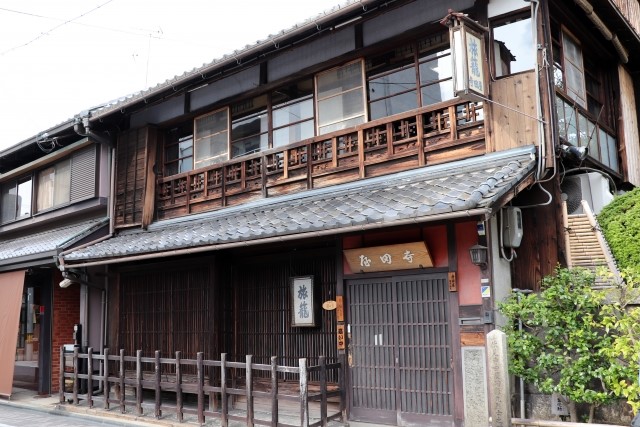
3.Local Food



4.Transportation Information
■ How to get to Kyoto
Kyoto City Official Site (Available in English, Korean, Simplified Chinese, Traditional Chinese, French, and Spanish)
https://ja.kyoto.travel/
5.Map Information
